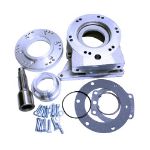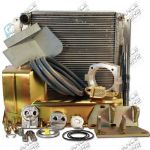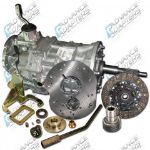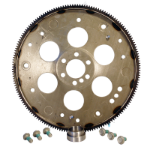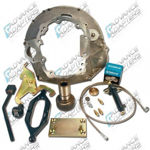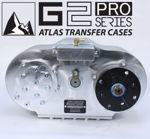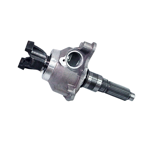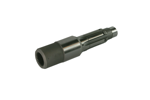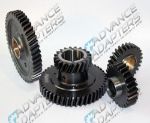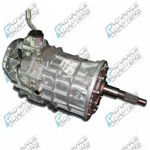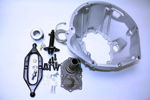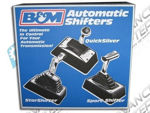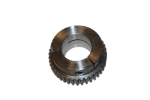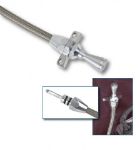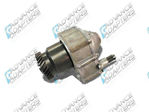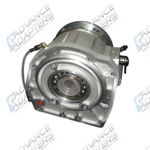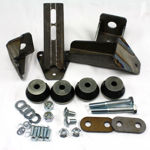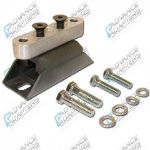OEM Parts 101: What Are OEM Parts?
Anyone who has ever needed auto parts has heard or seen the term “OEM.” Understanding what this means is important for all vehicle owners — but especially for DIY mechanics and restorers. Our experts have put together this guide to OEM parts so that, whether you shop at Advance Adapters or through your local dealership, you know when OEM is the right choice.
OEM Parts Explained
OEM is short for “Original Equipment Manufacturer.” These parts are identical to what was on the vehicle when it left the factory. For newer vehicles, OEM components are made by the same company that designed and produced the original. In the case of older vehicles, other companies are sometimes contracted to make officially licensed parts using the OEM specifications and materials. An example of an OEM parts company is Mopar, which was created by the Chrysler Corporation solely to make authentic parts for their vehicles.
By purchasing OEM vehicle parts, you can expect the quality, fitment and performance to be the same as what you’re replacing. The parts are also more consistent, and they’re always backed by a warranty in case of failure. In other words, OEM is the “old reliable” of vehicle maintenance and repair. Occasionally, you can also get OEM performance upgrades. On the downside, OEM parts can be up to 60% more expensive, and availability may be limited for certain vehicles — especially if your vehicle is an older model or wasn’t as popular as other models.
OEM vs. Aftermarket Parts
You typically will have a choice between OEM and aftermarket parts for your project. Aftermarket car parts are made by independent manufacturers to replace the OEM parts. Some aftermarket parts look and operate like their OEM counterparts while others are designed to improve performance in some way. A few companies, like AC Delco, make both OEM and aftermarket parts. Manufacturers can make a huge range of aftermarket components or specialize in certain vehicles and types of parts.
There are a few advantages to buying aftermarket parts. Equivalent parts are often less expensive and have more variety, which is great for modding. These alternative components are easier to find, too. However, to the uninitiated, aftermarket parts can feel like a bit of a “Wild West.” While some parts are better quality than OEM, others are worse quality, and so-called universal parts might not be a great fit. Not all aftermarket parts have warranty coverage, either. This means doing your homework to make sure you’re buying a good part from someone reputable.
Which Parts Should I Buy?
The choice ultimately comes down to your preferences and project goals. Order OEM if you’re happy with how the original part performed and are willing to pay more for a sure thing. If you want customization and high-performance options, or the OEM component is no longer available, then go with aftermarket parts. Advance Adapters is known for quality conversions products and backs them with a warranty of up to one year so you know you’re getting the finest OEM and aftermarket 4WD components.


